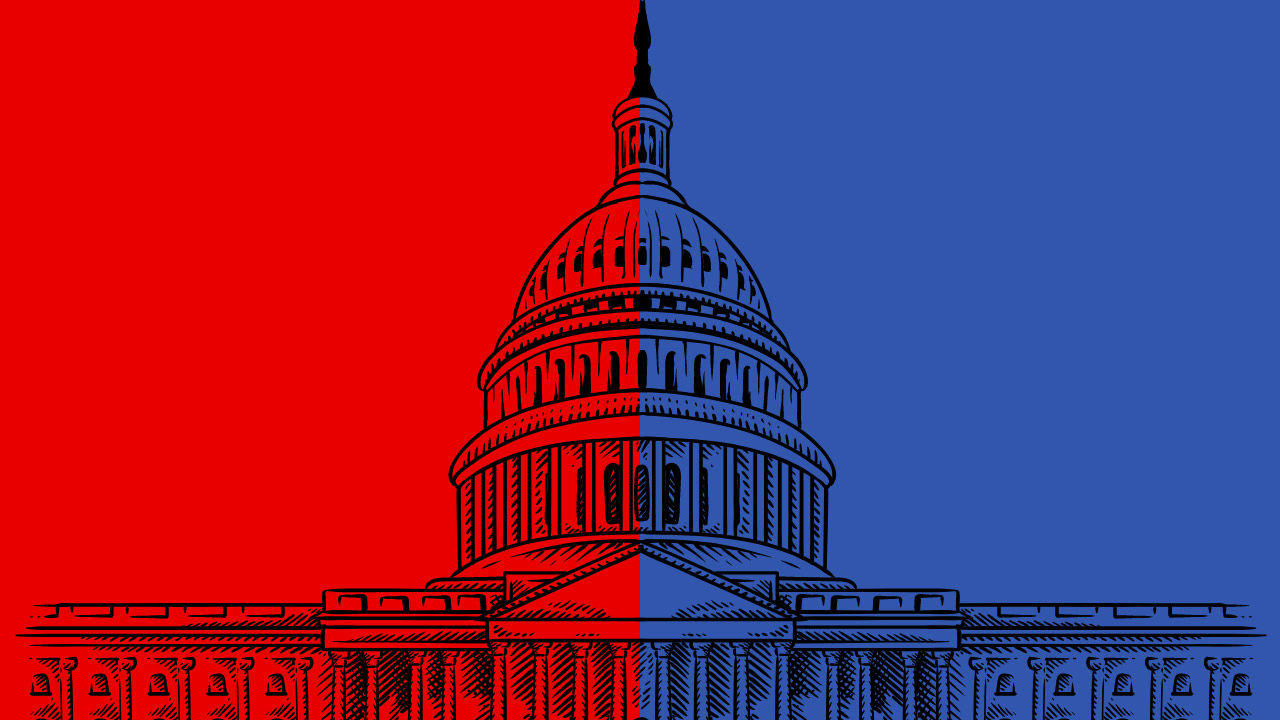
By Tom Loranger, Principal – Washington, D.C.
It’s certainly been a quiet period in national politics. (That’s called sarcasm.) In truth, what has transpired since July 13th has to go down as one of the most remarkable periods in American political history.
Of course, the summer has brought about the quadrennial political extravaganzas known as the Democrat and Republican national conventions. The Republican Party started its national convention in Milwaukee just two days after the assassination attempt on former President Donald Trump. The Democrats are scheduled to hold their convention the week of August 19th in Chicago.
Of course, the political earthquake that occurred on July 21st when President Joe Biden announced his withdrawal from the 2024 race has dramatically altered the course of the campaign – at least in the short term. President Biden and the rest of the Democrat establishment have endorsed Vice President Kamala Harris. Enough delegates needed to secure the nomination have already announced their intention to support Harris. As of this writing, Democrat delegates are expected to begin voting “virtually” for their presidential nominee on Thursday, August 1st. Harris is expected to choose her running mate by August 7th.
With the respective nominations typically sewn up well in advance of the conventions, what purpose do these gatherings really serve? Yes, the delegates officially select their nominees – but for decades that’s been a formality. Once politically meaningful – and dominated by political insiders who selected the nominees — party conventions have been transformed into “coronations” for the nominees and four-day media blitzes meant to portray the candidates and their party in the most favorable light. Indeed, conventions have largely been drained of actual political drama.
The process for nominating and then electing American presidents has evolved considerably since the start of our Republic when the Electoral College unanimously selected George Washington as president in 1789. The first shift happened in 1796 when two political “factions” emerged (the Federalists and the Democrat-Republicans) and congressional or state legislative caucuses selected the candidates for president.
That system began to crumble and by 1832 nominees were selected at national conventions. Party insiders or “bosses” exerted outsized influence on the selection process. Progressive reforms in the early 1900s resulted in national convention delegates being selected through primary elections. But insiders still controlled the process in the proverbial “smoke-filled rooms”.
The most significant reforms in modern times came in response to the tumultuous 1968 Democrat convention in Chicago. Following President Johnson’s decision to withdraw from the race, Democrats nominated Vice President Hubert Humphrey – even though he hadn’t won a single contest.
Democrats decided that changes to its nomination process were needed. By 1972, the party had implemented reforms that resulted in broader party participation and greater transparency. One dramatic result was more women and minorities being brought into the process. Republicans eventually instituted their own reforms.
The last competitive convention battle occurred in 1976 when President Ford secured just enough delegates to fend off Ronald Reagan’s challenge for the Republican nomination. Since 1980, the party nominees have been foregone conclusions ahead of the conventions. It appears that the Chicago convention will continue this trend.
Much has changed with respect to the purposes of the national political conventions. Still, the fundamental goal remains the same: Use the conventions to catapult the nominee to the White House.
A lot is going to transpire between now and election day on November 5th. If the last few weeks are any indication, we’re in for a wild ride.

